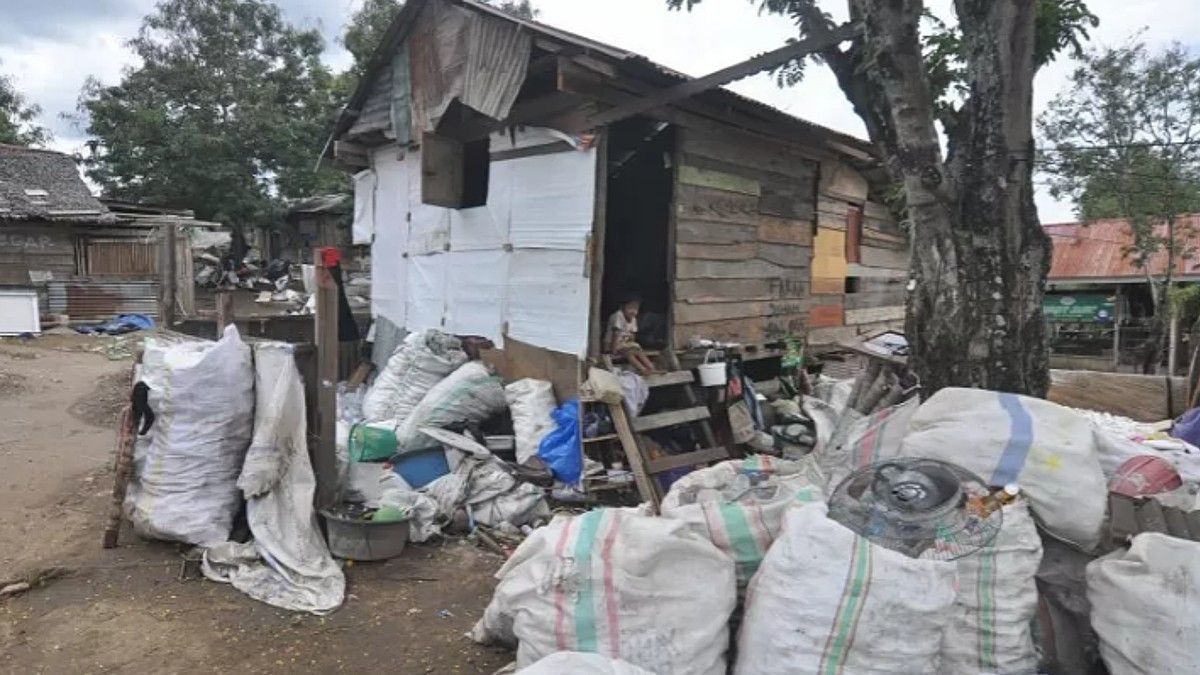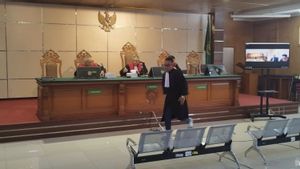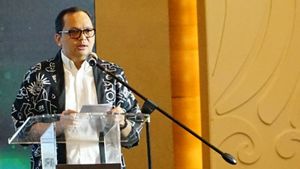NTB - Mataram City Housing and Settlement Areas (Disperkim) has recorded the number of slum houses or Uninhabitable Houses (RTLH) in their area.
Head of the Mataram City Disperkim M Nazaruddin Fikri said this effort was to facilitate the implementation of every government program, especially related to housing.
"Our data collection is done with a cash system, coming directly to the houses of residents who are indicated to own slum houses," he said in Mataram, NTB, Thursday, July 13, which was confiscated by Antara.
He explained, the latest data as of January 2022 for slum houses in Mataram amounted to 1,000 units.
According to him, currently the number is decreasing. Moreover, he continued, there are an additional 22 houses that have been removed and handed over by the Ministry of PUPR in Kebon Sari Ampenan Village, Wednesday, July 12.
"But for the latest data, we cannot mention because the RTLH verification process is still ongoing," he said.
With the data collection and verification of slum houses, he said, it is possible that the number of Mataram slum houses will decrease and could increase.
"It was triggered because the house that was previously recorded was not feasible, now it is becoming feasible and vice versa. Therefore, before there was real data, we could not say for sure the remaining RTLH in Mataram," he said.
Head of the Mataram City Disperkim Housing Division, Lalu Agus Supriadi, added that the results of RTLH verification and data collection will be presented in the form of a home database in Mataram, both livable houses and RTLH.
"With this home database, we can quickly determine targets when there is a program, for example, the restoration of uninhabitable houses, new development, and other programs," he said.
اقرأ أيضا:
For data collection activities, he continued, priority will be prioritized in densely populated urban villages and many have pre-intensive families, such as Tanjung Karang Permai Village, South Ampenan, Pejeruk, Monjok, Sayang-Sayang, Punia, and Mandalika.
"The target is that all houses, both feasible and unfit, we data as databases, so that when there is a restoration program we already have data by name by address and coordinate points for potential targets," he said.
Agus further said that in collecting data on houses in Mataram City, an assessment was carried out through three components of residents' houses. First, the construction component of the building which includes the structure of the building whether it uses column and ring iron or not. Second, the health of the building whether the residents' houses have toilets, windows, and doors.
"The third component is the area of the building. This is related to indications of a shortage of houses, when data collection is carried out, there is one house with a small size occupied by two families," he said.
The English, Chinese, Japanese, Arabic, and French versions are automatically generated by the AI. So there may still be inaccuracies in translating, please always see Indonesian as our main language. (system supported by DigitalSiber.id)
















